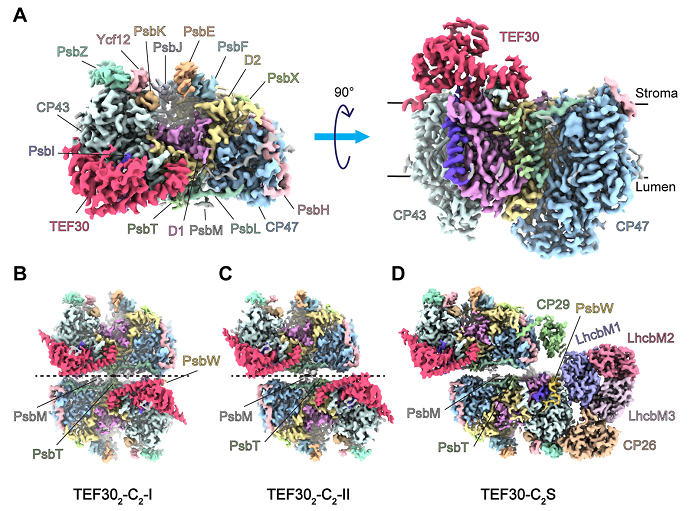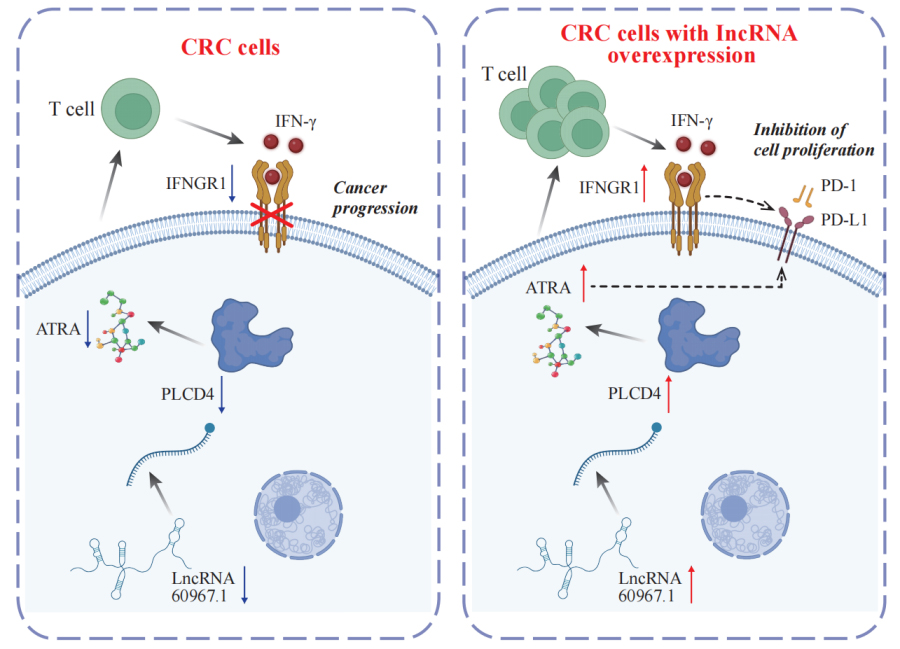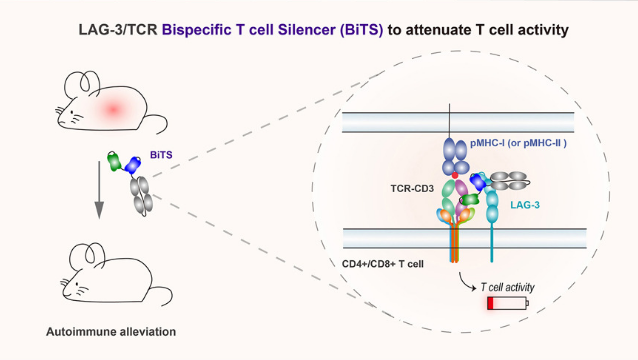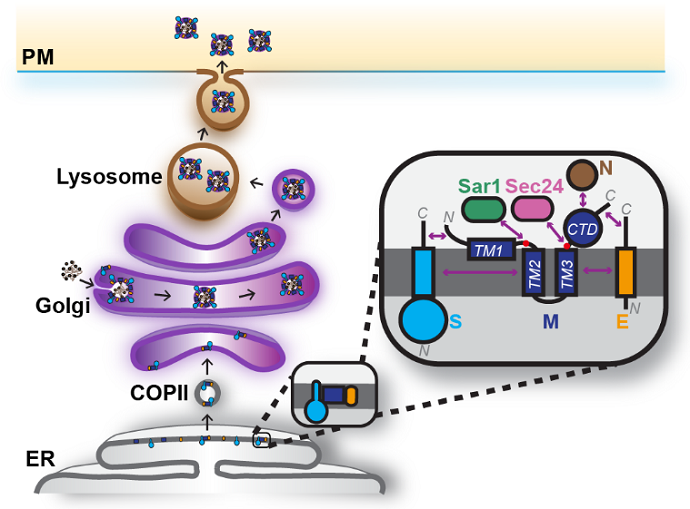

A research team led by Prof. LIU Zhenfeng from the Institute of Biophysics of the Chinese Academy of Sciences has solved four high-resolution cryo-electron microscopy (cryo-EM) structures that unveil how a critical protein, Thylakoid Enriched Fraction 30 (TEF30), facilitates the repair and assembly of PSII in Chlamydomonas reinhardtii, a model green alga.

A research team led by Prof. GU Hongcang and ZHANG Fan from the Hefei Institutes of Physical Science of the Chinese Academy of Sciences has identified a novel long non-coding RNA (lncRNA)-driven regulatory network that plays a central role in colorectal cancer (CRC) progression and immune response.
Researchers from Xishuangbanna Tropical Botanical Garden of the Chinese Academy of Sciences showed that the presence of critically endangered Asian elephants (Elephas maximus) is associated with significantly more robust and abundant mammal communities in tropical forests.
Researchers from the Shanghai Institute of Nutrition and Health of the Chinese Academy of Sciences and the collaborators developed a novel recombinase-based lineage tracing system. By using this system, they for the first time directly observed the awakening of DTCs after persistent dormancy, and investigated the effect of chemotherapeutic drugs during the process.

Researchers from the Institute of Biophysics, the Grossman School of Medicine at New York University, and the School of Medicine at Zhejiang University have systematically demonstrated that LAG-3 inhibits T cell activity by positioning itself in close proximity to the T cell receptor (TCR) complex, rather than by simply binding to a ligand.

A research team led by Prof. HU Junjie from the Institute of Biophysics of the Chinese Academy of Sciences has uncovered the unexpected membrane topology of the SARS-CoV-2 M protein and identified its critical role in viral assembly and replication.

86-10-68597521 (day)
86-10-68597289 (night)

52 Sanlihe Rd., Xicheng District,
Beijing, China (100864)

